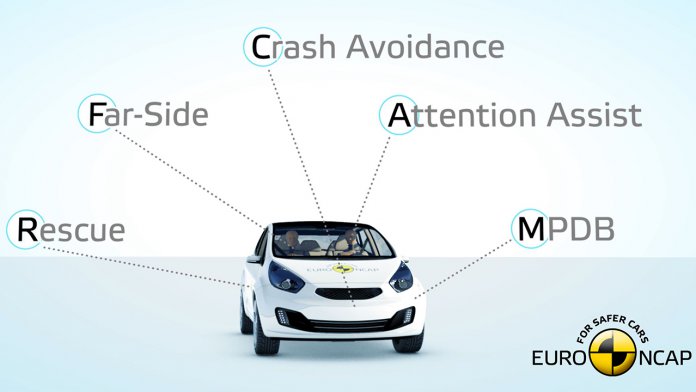While American car culture blooms in the California sunshine and rides the prevailing winds eastward, many of the restrictions on vehicles travel the other way, starting in the European Union.
Take, for example, Volvo’s recent statement that all of its vehicles will be limited to a top speed of 112 mph in an effort to mitigate fatalities and injuries. Volvo’s also will be sold with a “Care Key,” allowing owners to set an even lower speed limit before letting others — especially younger and less experienced drivers — take the wheel.
“We believe that a car maker has a responsibility to help improve traffic safety,” said Malin Ekholm, head of the Volvo Cars Safety Centre. “The speed cap and Care Key help people reflect and realize that speeding is dangerous, while also providing extra peace of mind and supporting better driver behavior.”
Parents of new drivers might celebrate while drivers of 200 mph supercars will scream about even slower traffic clogging the left lane. Regardless, 112 mph is still plenty fast to keep up on the Autobahn or Interstate, and fast enough to provide enough thrust to cause fatal injuries in a collision.
And now comes the latest revisions of the Euro NCAP crash-testing program. Since 1997, much like our own National Highway Traffic Safety Administration, Europe’s New Car Assessment Program has conducted crash testing and set standards for cars, in Euro NCAP’s case, those sold on the European continent.
Every two years, the Euro NCAP standards are updated.
“This year new tests are introduced to address some long-standing needs in occupant protection, improve post-crash protection and promote the latest advanced driver assistance technology,” the program announced as it released details on its latest revisions.
Major changes going into effect include:
- A moving-barrier frontal crash test.
- A “far-side” crash test that looks at potential contact between the driver and any other front-seat passenger.
- A deeper-dive into driver monitoring for fatigue and distraction.
- Increased driver-assist technology to deal with “vulnerable road users,” such as people behind a vehicle or encountered as a vehicle makes a turn.
- Post-crash safety, such as easy of extraction of occupants after a crash.
The new tests also will incorporate the latest crash-test dummy, Thor, designed to duplicate a mid-sized male.
The new moving barrier frontal crash is designed to evaluate not only how well your vehicle protects you in a collision, but how the front end of your vehicle contributes to injuries in what Euro NCAP calls “the collision partner” vehicle. This test replaces the offset-deformable barrier test that had been used for 23 years.
The “far-side” crash will be a more severe driver’s-side impact and for the first time will evaluate the protection of the passenger and especially interaction between driver and passenger and the effectiveness of a new center airbag between the front seats.





